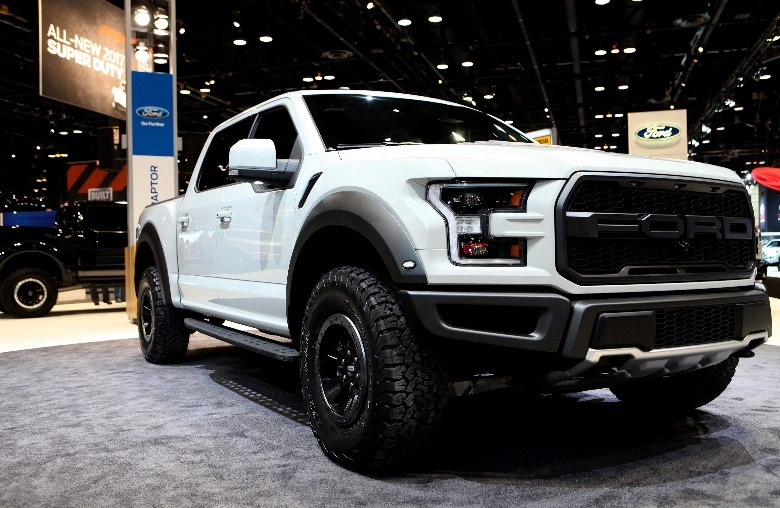Originally called the “Hurricane” in pre-production spec (intended to first appear in the Mustang), the Raptor R’s engine reappeared in 2010 as the mill of choice for the Ford Super Duty and E-Series lineup of three-quarter-ton and one-ton trucks and vans. The internals feature a 114mm bore spacing & a 4.02-inch bore, a cast-iron block, piston oil squirters, a ventilated crankcase, and a gerotor oil pump.
Meanwhile, it has a single overhead camshaft with shaft-mounted rocker arms, larger symmetrical ports, and splayed valves. Its Cam-Torque Actuation (CTA) variable cam timing produces more low-to-medium punch. Despite being a truck engine, the 6.2-liter had a motorsports background, initially appearing as a drag race engine for the NMRA (National Mustang Racing Association) competition.
By the time the second-generation Ford Raptor debuted in 2017, all V8 engines had been retired in favor of the twin-turbocharged 3.5-liter EcoBoost V6, typically a detuned variant of the Ford GT supercar’s blown V6. The third-gen Ford Raptor came in 2021 with an EcoBoost V6 or a 5.2-liter supercharged Predator V8 with 700 horsepower and 640 lb-ft of torque in the new Raptor R, the most powerful engine fitted to a Ford F-150.


